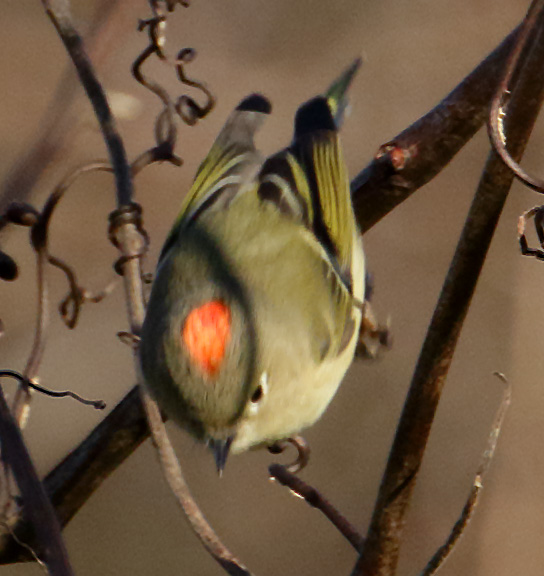
Ruby-crowned Kinglet
The forecast was for strong winds starting between 10 and 11 this morning, so I decided to get an early start and do some birding before the wind picked up. But as usual, the weather forecast wasn't that great, and there already were stong winds when I headed out at 8:30. I ended up with only 18 avian species, as most of the birds were hunkered down. I got a good look at a Ruby-crowned Kinglet with its ruby crown almost fully exposed, and one of our resident Red-shouldered Hawks was flying over the wetlands before it perched and started calling for its mate.

Ruby-crowned Kinglet
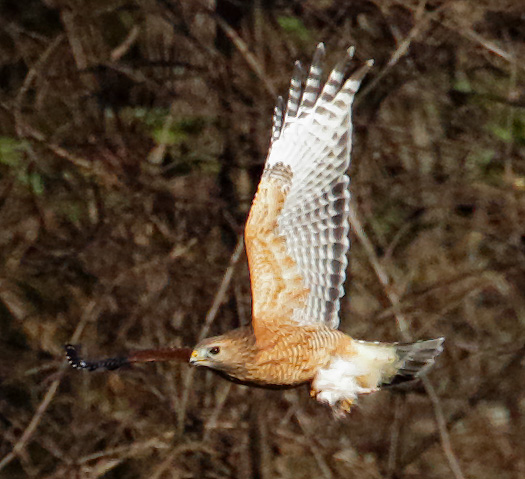
Red-shouldered Hawk

Red-shouldered Hawk
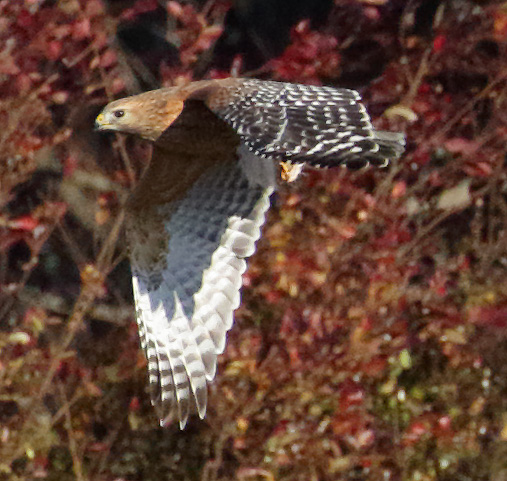
Red-shouldered Hawk

Red-shouldered Hawk
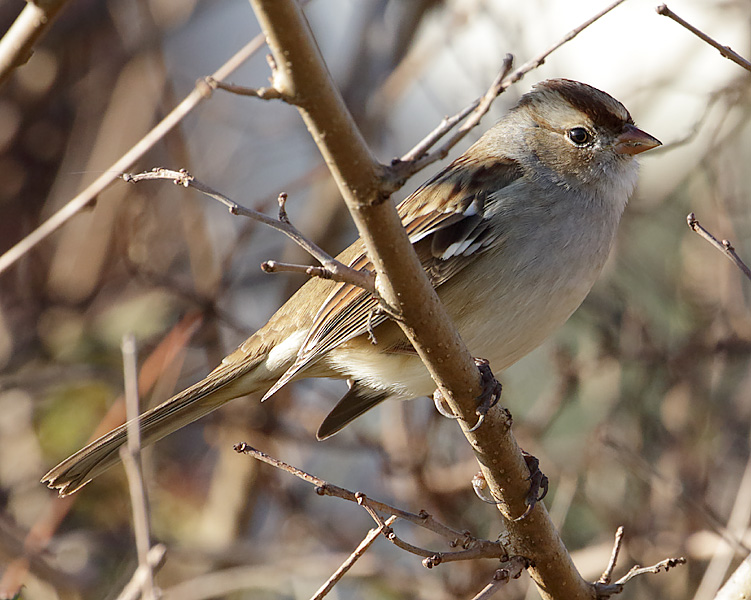
White-crowned Sparrow
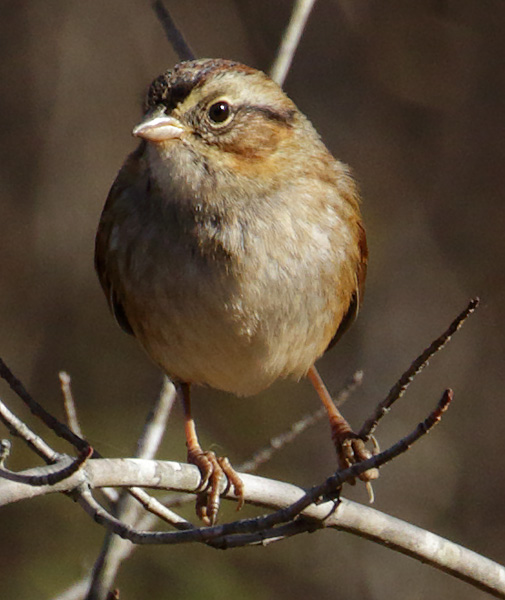
Swamp Sparrow
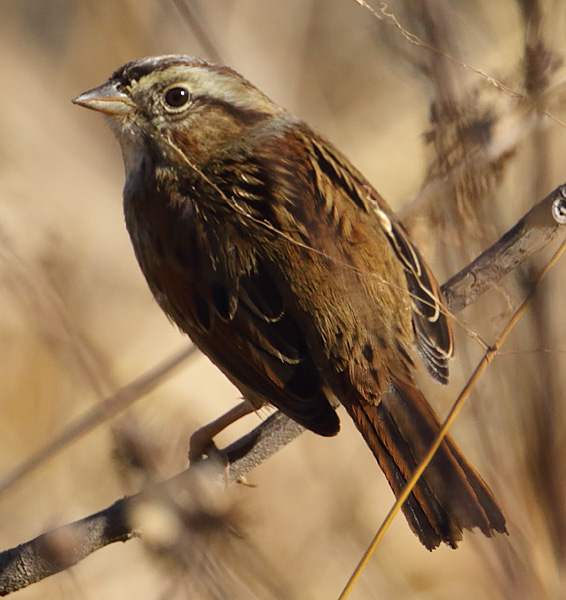
Swamp Sparrow
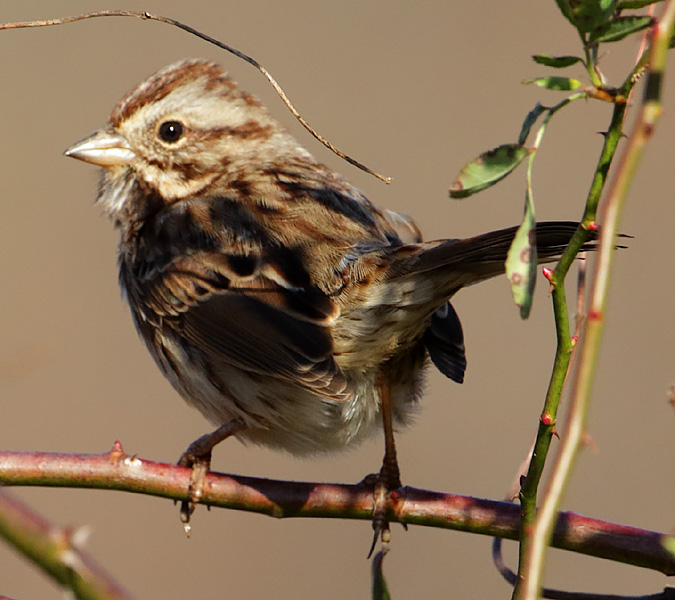
Song Sparrow
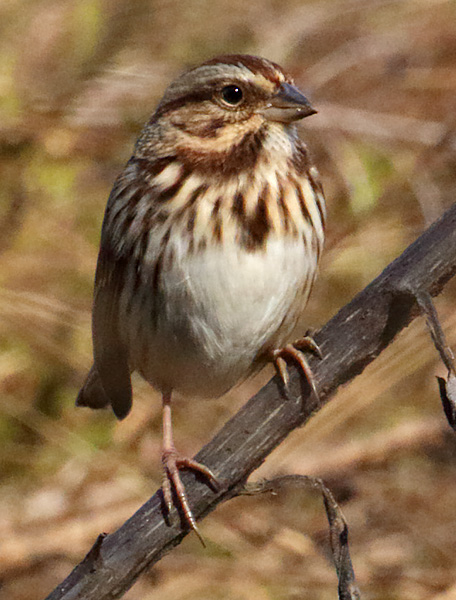
Song Sparrow
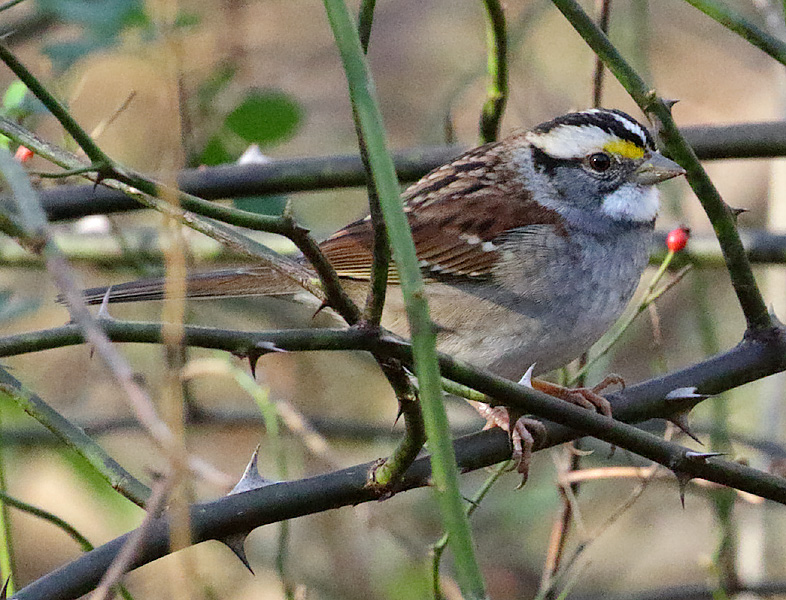
White-throated Sparrow

Turkey Vulture
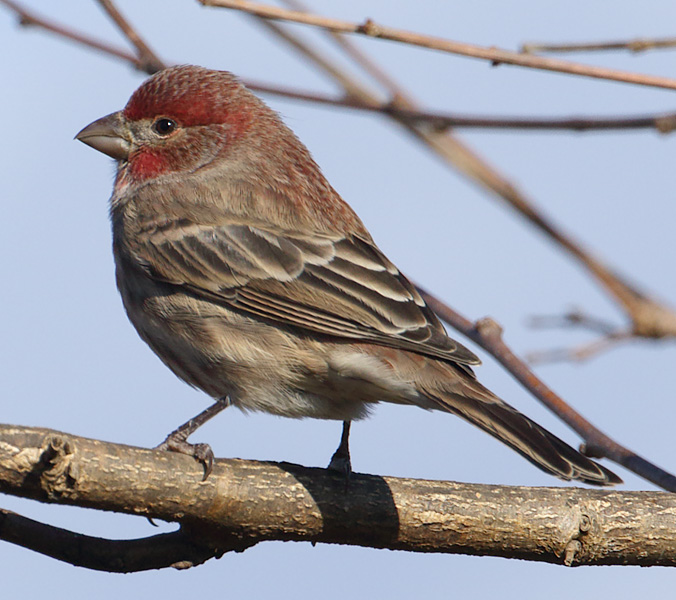
House Finch
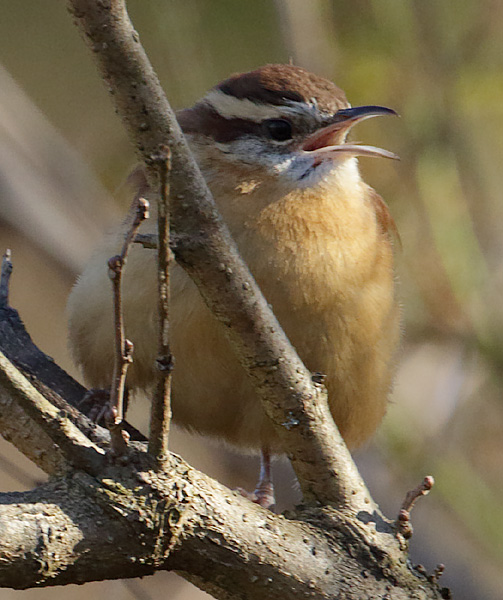
Carolina Wren
I also wanted to add some camera information that I just learned. Please note that the following doesn't mean that a particular camera is the best one for you, or that the retailer I mention is the best place for you to buy camera equipment. The best camera for you is the one you will use.
I started doing wildlife photography in December 2006 with a Sony point and shoot camera, and a year and 28,000+ (28K) photos later, I realized that my photo results were not commensurate with my effort. I started investigating DSLRs, and was advised to buy the best lens I could afford first, and then find a camera body that works with it. A good lens should last 20+ years when handled with care, but a camera body will wear out long before that. Most of the DSLRs are rated by Mean Time Before Failure (MTBF), or the average number of shots before the camera fails. Usually, the failure is with the shutter mechanism, and most of the time, it costs as much or more to repair the camera body than to buy a newer model with more advanced features.
So in late 2007, my research showed that the Canon 100-400mm zoom lens (first gen) and the Canon 400mm f/5.6 fixed lens were the best lenses for bird photography. I purchased a Canon 400D (Rebel) camera body, and the 100-400mm zoom lens. After a month, I didn't like the results using that lens, and returned it for the 400mm lens that I used for the next nine years, and still use as a back-up lens. The 400D was rated with a MTBF of 50K shots, and I used it for 35+K photos before selling it and getting a more advanced and new Canon 50D, rated at 100K shots.
For the past decade or so, I have taken 50,000 to 60,000 wildlife photos per year (mostly birds), and my plan has been to upgrade to a newer camera body when I go beyond the rated MTBF of the current camera body. I don't want to be on an international or remote area birding trip, and have the camera body fail on me. So I want to have a new camera body, and bring the older camera body along as a back-up. I used the 50D for 99+K shots when I upgraded to a Canon 7D, rated at 150K shots. I still have the 50D, but never use it, even though it still works well. I took the 7D all the way to 176K shots before upgrading, as I had read about a new camera body (finally called the 7D Mark II), that would be released, and I wanted to wait. I still have my 7D, but don't use it.
The 7D Mark II is rated at 200K shot MTBF, and my first one has 201+K shots on it, and when it crossed the 200K mark, I bought a second one. In December 2016, I also upgraded to the Canon 100-400mm Mark II zoom lens, as the image quality and speed of autofocus is superior to the much older 400mm prime lens. My plan is to keep using both of my 7D Mark II camera bodies until one of them fails, and then buy another 7D Mark II and keep the still working, older 7D Mark II as my back-up for travel.
There are other camera brands and other Canon camera bodies that could yield good photos, but for the past few years, every review I have read rates the 7D Mark II camera body with the Canon 100-400mm Mark II zoom lens, as the best combo for all kinds of wildlife photography. Not inexpensive for sure, but unless one is willing to pay for professional equipment rather than consumer level equipment, this combo is the best rated. Some of the newer Canon camera bodies have a few features that are better than the 7D Mark II, but these camera bodies dropped some of the 7D Mark II features that I use all the time.
Now that my second 7D Mark II has 173+K shots on it, I started looking at prices for a third one, as I expect to hit the 200K mark sometime in the next 6 months. And then, Oh No! I first read that the 7D Mark II has been discontinued, and no one has a new one for sale. Then I read that you can buy a new 7D Mark II bundled with a $40 WiFi card so you can send JPEGs right from your camera. I wouldn't ever use the WiFi card, but would buy the bundle in order to get a third 7D Mark II camera body. And then I found out that even with the WiFI bundle, Canon has discontinued making the 7D Mark II.
I called B&H Photo in New York, the company from whom I have purchased most of my camera equipment. Their service is great, and their prices are competitive. The sales rep concurred that the 7D Mark II is no longer being made, they are out of stock of the Canon 7D Mark II without the WiFi bundle, and have at least 20 of this camera body with the WiFi card in stock. Perhaps, more than 20, but his computer screen doesn't show if there are more than 20 in stock. And that they won't be getting any more of them. So I bit the bullet, and yesterday bought my third 7D Mark II, and other than an initial test, will keep it in the box until one of my other 7D Mark II camera bodies fail.
I wanted to share this information to apprise my blog readers, so that if you are seriously thinking about DSLR bird/wildlife photography and are willing to spend a bit more than that of an entry level system, you might want to get the camera equipment now. Sure, there will be other equipment that can be bought in the future, but as of now, I don't know of a better choice.